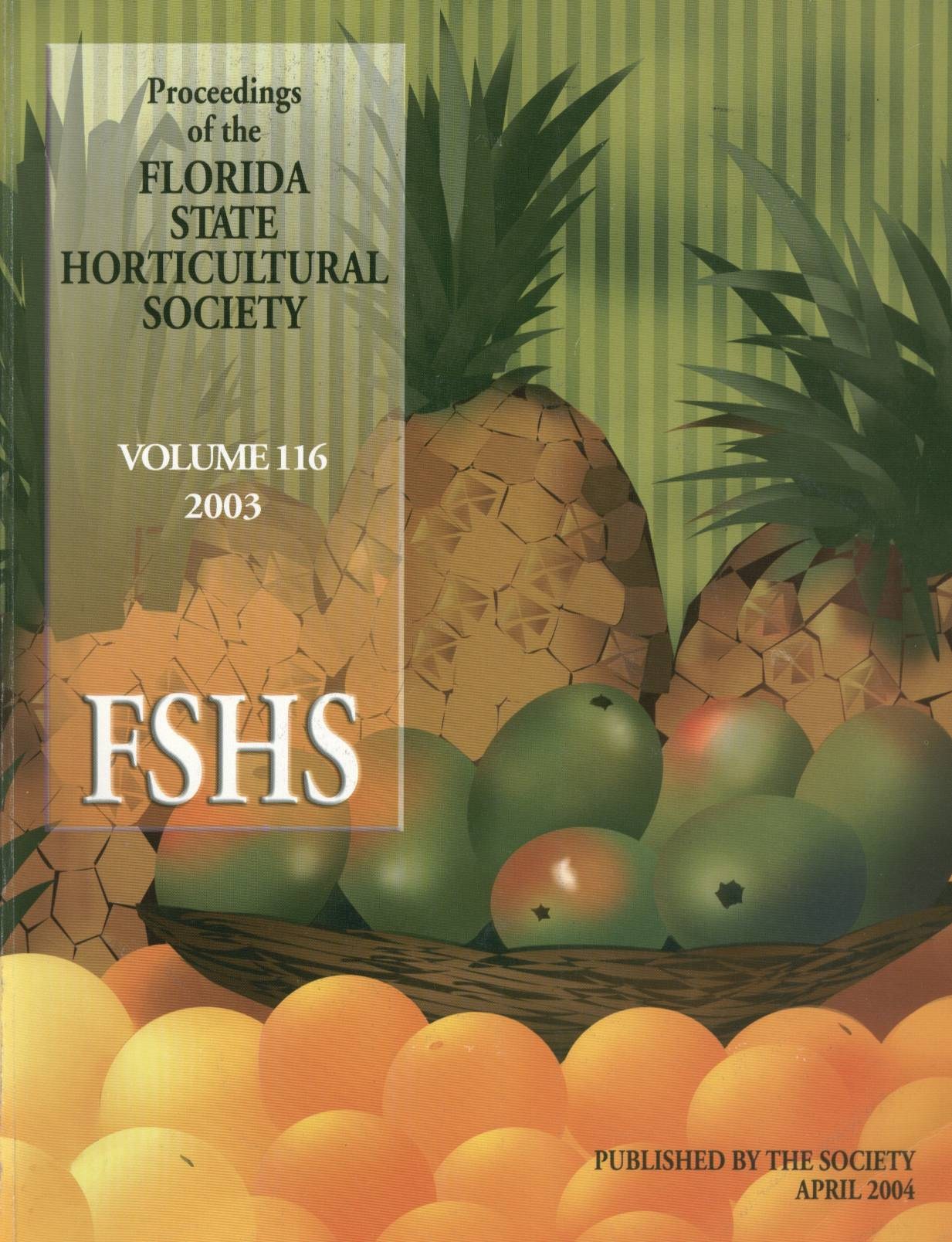Abstract
The twospotted spider mite is a key pest of strawberry in Florida and around the world. In Florida, growers may choose biological or chemical methods for control and achieve good results. Chemical methods require reapplications throughout the season but control costs are spread over a longer period and costs can be halted if the crop becomes uneconomic early. Biological controls are applied once and can be effective as long as the crop is in the field, but the total cost of control must be borne early in the season. For these and other reasons some growers feel that they should not invest in the biological control and thus require a selection of effective miticides. Programs of acequinocyl, bifenazate, CX- 7020, CX-7026, etoxizole, fenpyroximate, hexythiazox, and milbemectin alone and in combinations with other miticides were compared to a program of abamectin and to an untreated check during the 2001-2002 or 2002-2003 strawberry fruiting season or during both. All programs except that of CX-7020 provided good control and may be useful for Florida strawberry farmers. The not yet registered acequinocyl, CX-7026, etoxizole, fenpyroximate, and milbemectin may add to the diversity in miticidal modes of action that can stabilize the list of miticides effective in Florida's strawberry industry.

